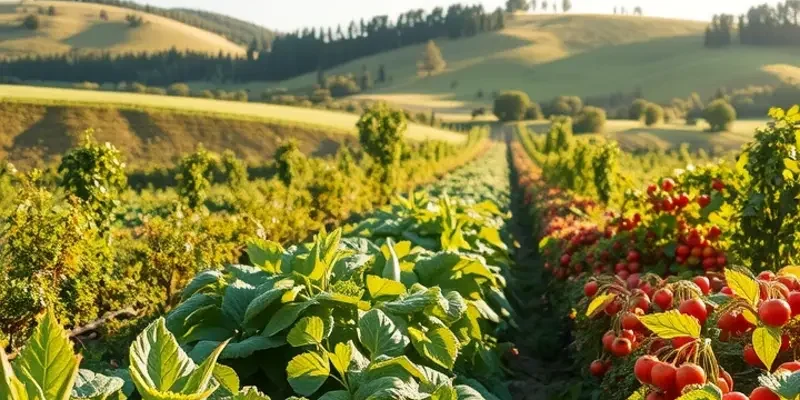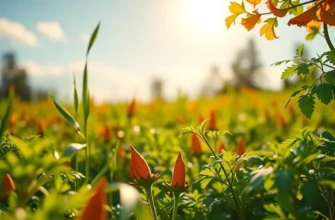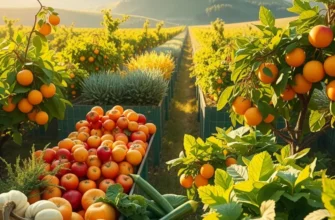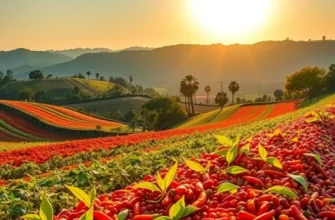Each country in Europe boasts a unique array of pastries that offer a glimpse into its history, culture, and flavors. From flaky croissants in France to the delicate Štrukli in Croatia, these confections serve not just as delectable treats but as symbols of regional pride and tradition. Join us as we uncover the stories behind some of Europe’s most beloved pastries, celebrating the artistry and craftsmanship that make these sweet creations so special.
France: The Art of Pastry Mastery
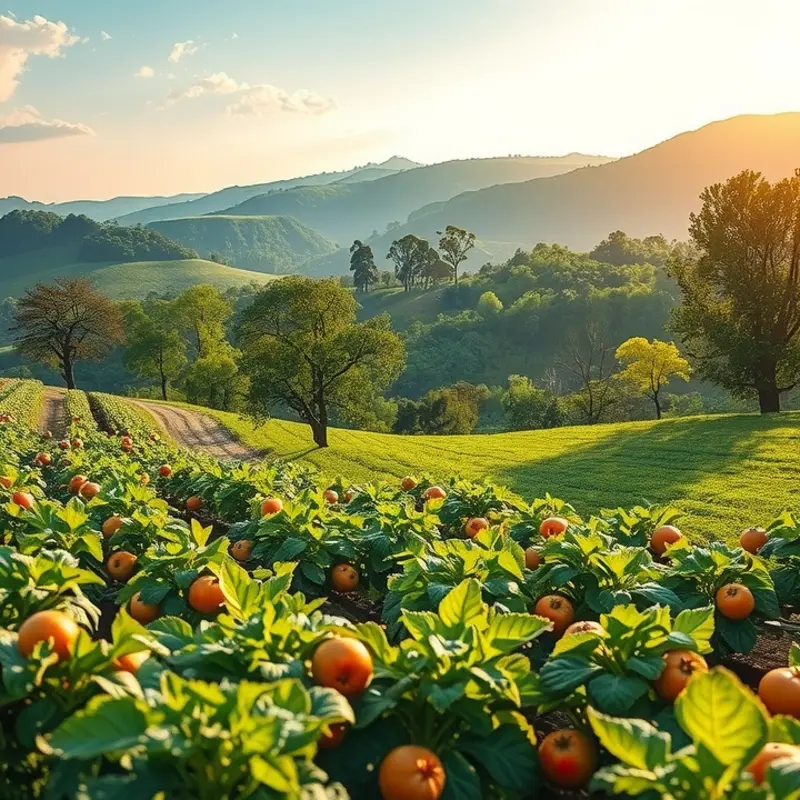
French pastry-making is a world unto itself, an art form that combines precision, tradition, and creativity. Central to this culinary world are iconic sweets like éclairs, macarons, and tarte Tatin. Each pastry exemplifies French pastry mastery in taste, texture, and presentation.
The history of French pastries digs deep into the country’s culinary evolution. During the Renaissance, Catherine de’ Medici is credited with introducing sophisticated pastry techniques from Italy, which flourished in France. Over centuries, France became renowned for refining these techniques, giving birth to a distinctive pastry culture focused on elegance and precision.
One cannot discuss French pastries without savouring the perfection of the éclair. These delicate oblong pastries are filled with rich creams like chocolate or coffee, glazed immaculately for a finish that shines as brightly as its reputation. The secret lies in the pâte à choux—a dough requiring a masterful application of steam to achieve its airy texture.
Equally famous, macarons boast a finesse all their own. Two almond meringue cookies embrace a luscious ganache filling, creating a perfect harmony of crunchy and creamy. Their origin traces back to the early 16th century, yet they have become a modern symbol of French artisanal talent. Crafting macarons demands not only precision to achieve their distinctive ‘feet’ but also an artistic flair in their elaborate colors and flavors.
The tarte Tatin tells a warm tale of culinary serendipity. Allegedly invented by accident at the Hotel Tatin in the late 19th century, this upside-down caramelized apple tart captures the imagination and palate alike. The beauty lies in its simplicity: apples are caramelized in butter and sugar, then baked under a puff pastry crust. Once flipped, its glossy surface and deep flavors speak to the magic of French adaptation and ingenuity.
French pastries do not merely revolve around technique—they are a reflection of the country’s cultural virtues, showcasing respect for craftsmanship and a penchant for artistic expression. These pastries serve as both culinary treasures and embodiments of French heritage, much like tangible memories to be savored. For those exploring international culinary influences, consider how trade has intertwined with global pastry traditions.
The world celebrates these sweets not just for their delightful flavors but for their embodiment of French artistry. Despite their luxurious appeal, these pastries also have an inherently democratic nature. Whether displayed in high-end patisseries or shared at a family gathering, they remain accessible to all, a mark of their enduring cultural significance.
Eastern Europe: Traditional Flavors and Techniques
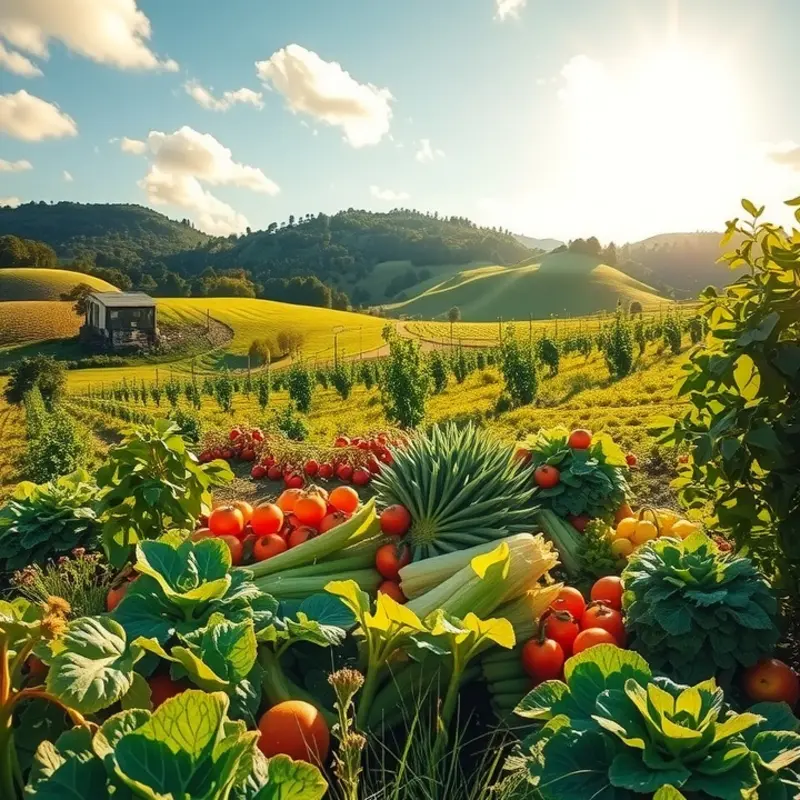
Eastern Europe, with its rich culinary traditions, presents a tapestry of flavors that are as diverse as they are enchanting. The region’s pastries reflect a deep connection to cultural heritage and use of local ingredients. Let’s embark on a sweet journey across this locale, beginning with Hungary’s iconic kürtőskalács.
Kürtőskalács, or chimney cake, is a traditional Hungarian pastry that captures the warmth of family gatherings. Made by wrapping a dough strip around a spit, coated in sugar and baked over an open flame, it results in a crispy caramelized exterior and a soft, spongy interior. The method of rotating it over live coals is a time-honored technique, passing from one generation to the next. When served, this delicacy often bears an inviting coat of toppings like walnut, cinnamon, or vanilla, showcasing a perfect harmony of crunchy sweetness.
Next, we journey to Poland, where Paczki takes the spotlight. A beloved treat, especially on Fat Thursday, Paczki are pillowy doughnuts filled with an array of fillings such as rose jam, custard, and plum butter. Traditionally fried in lard for richness, these delightful pastries are both a feast and a symbol of Polish festivity. The recipe’s essence lies in its simplicity and the quality of ingredients, chiefly the distinct tartness of homemade fruit preserves.
In Romania and Moldova, one can savor Cozonac, a festive bread often found on tables during holidays. This rich, sweetened loaf is interwoven with walnut, poppy seeds, or Turkish delight. The craftsmanship in kneading and folding the dough multiple times enhances its fluffy texture, a testament to the baker’s skill.
Moving on to Ukraine, the baked beauty is Varenyky, a stuffed dumpling that shares similarities with Polish pierogi but boasts unique fillings like sweetened cottage cheese and cherries, especially during festive periods. The dough is meticulously rolled and filled, then boiled and occasionally sautéed with butter to elevate its flavor profile.
In exploring these delicacies, one appreciates how the landscape, history, and traditions shape their origins. The vast agricultural wealth of Eastern Europe plays a critical role, providing ingredients like poppy seeds, walnuts, and berries, which recur in various recipes.
To understand the influence of cross-regional trade on these pastries, this resource explores how the exchange of ingredients and techniques fosters culinary evolution. Through these confections, one glimpses the melding of cultural influences, where inherited methods marry local taste and innovation.
Eastern European pastries are more than just desserts; they are narratives of transformation, resilience, and celebration. From preparation to savoring, these creations bridge past to present, uniting communities in the enjoyment of tradition and taste.
Final words
European pastry traditions showcase an exquisite blend of history, culture, and artistry. From the delicate balance of flavors in French pastries to the heartwarming nostalgia of Eastern European treats, each sweet creation tells a story that connects people across generations and places. Exploring these traditions goes beyond mere indulgence; it’s an invitation to understand the culinary heritage that shapes our collective palate. As you enjoy these delightful treats, remember the skilled artisans behind them who pour their love and expertise into each bite, celebrating a rich tapestry of diverse cultures on every plate.

